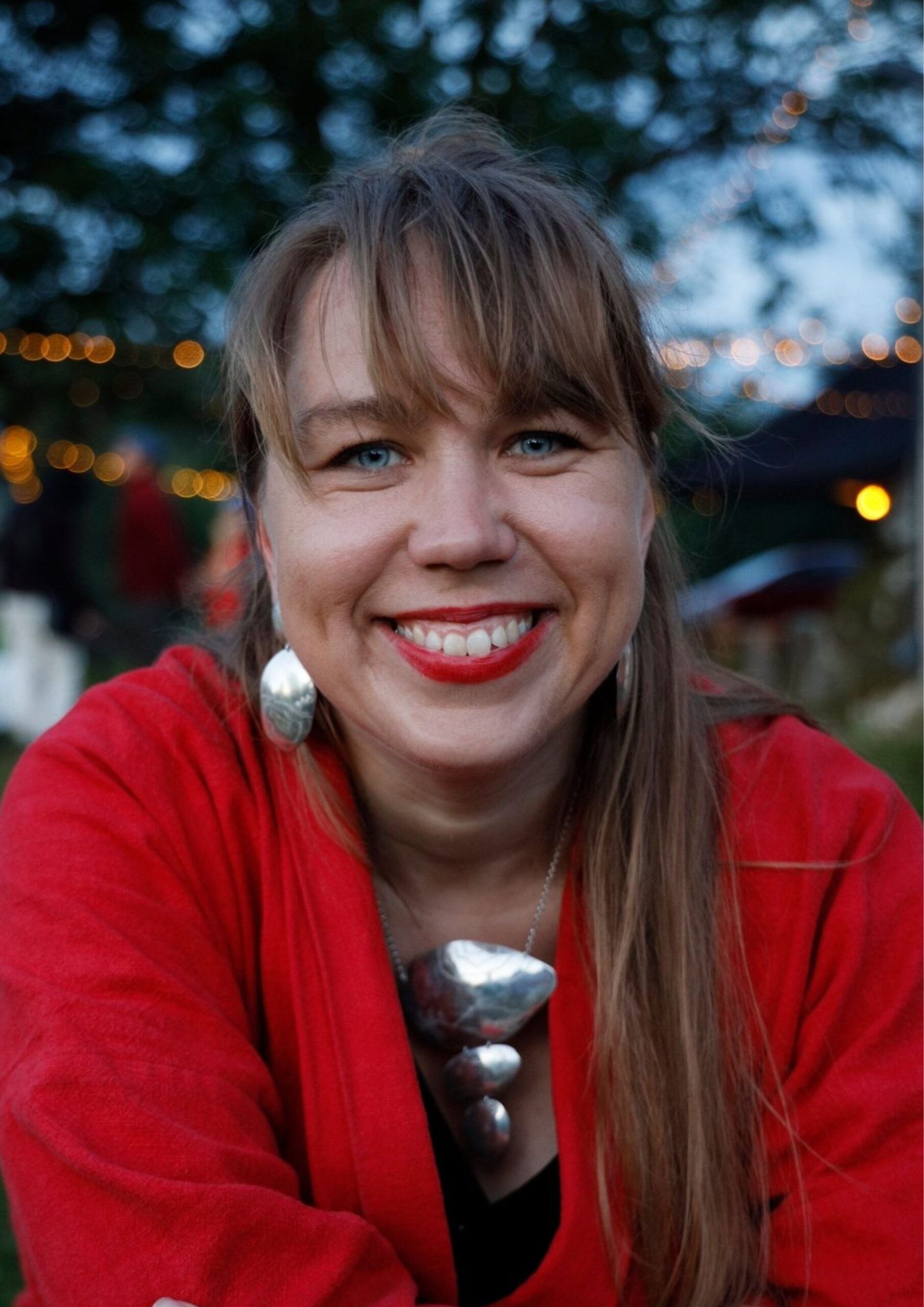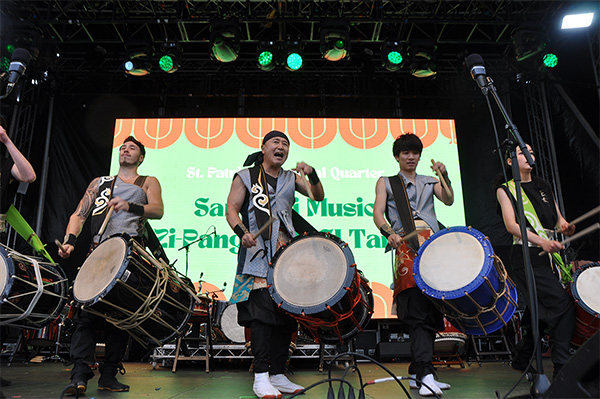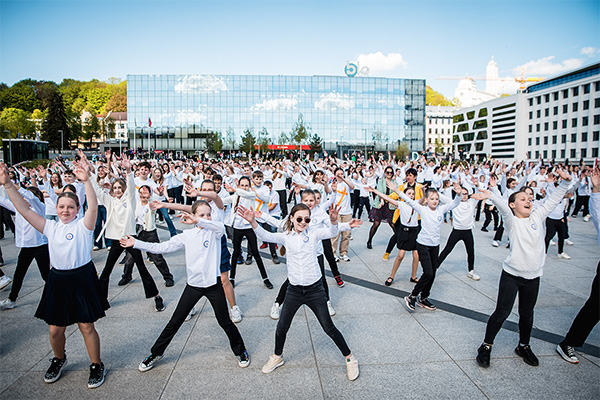Column
ColumnTime Enough!
I come from a forested area in South Estonia and my family lives in a small village and wood-heated house – a very different setting from the bustling city vibes of Tokyo or Shibuya Crossing. However, since my very first visit to Japan more than 15 years ago, I have felt a kind of mysterious connection between Japanese and Estonians. As a musician, I’ve been touring across Japan in many cities over the years, but also had the chance to learn about shinto and visit mountain forest shrines. The belief that nature is alive and has a soul is also still present in the spirit of many modern Estonian people. Is the connection hidden in the animism of our minds or is more about the way of living and respect for the nature? This question haunted me for a long time. 2024 offered me a chance to bring Japanese forest experts and musicians Aigu Om! festival and find out for myself.
“Aigu Om!” means “there is time” or “take your time!” in the local Võro language. This saying does not mean just passive idling, but even more meaningful action and truly being present, the art of being in the moment. Aigu Om! Festival wants to encourage its participants and audience to embrace a slower and more nature-connected way of life. It’s a music, forest, and spoken word festival held in the scenic South Estonia.
2024 Aigu Om! was marked by the presence of talented Japanese artists, offering a unique opportunity to explore the parallels between Estonian and Japanese cultures, both deeply rooted in traditions and a reverence for the natural world. We were especially interested in inviting performers from Japan, who’s everyday practices are connected to nature and forest. Together with our creative partner Kou Koiwa, we found performers who later on during the festival became like a family for us – forest practicioners Daizaburo Sakamoto and Yutaka Miuraand musicians Kotaro Saito and Arata Inoue. To prepare for the public performances, the forest and music residency were arranged prior to the festival. Our goal was to create a dialogue. Taking time to prepare and allowing the artists to get to know each other and the local surroundings before their performances, was important part of the process. This included Võro traditional (UNESCO-protected) smoke sauna, of course!
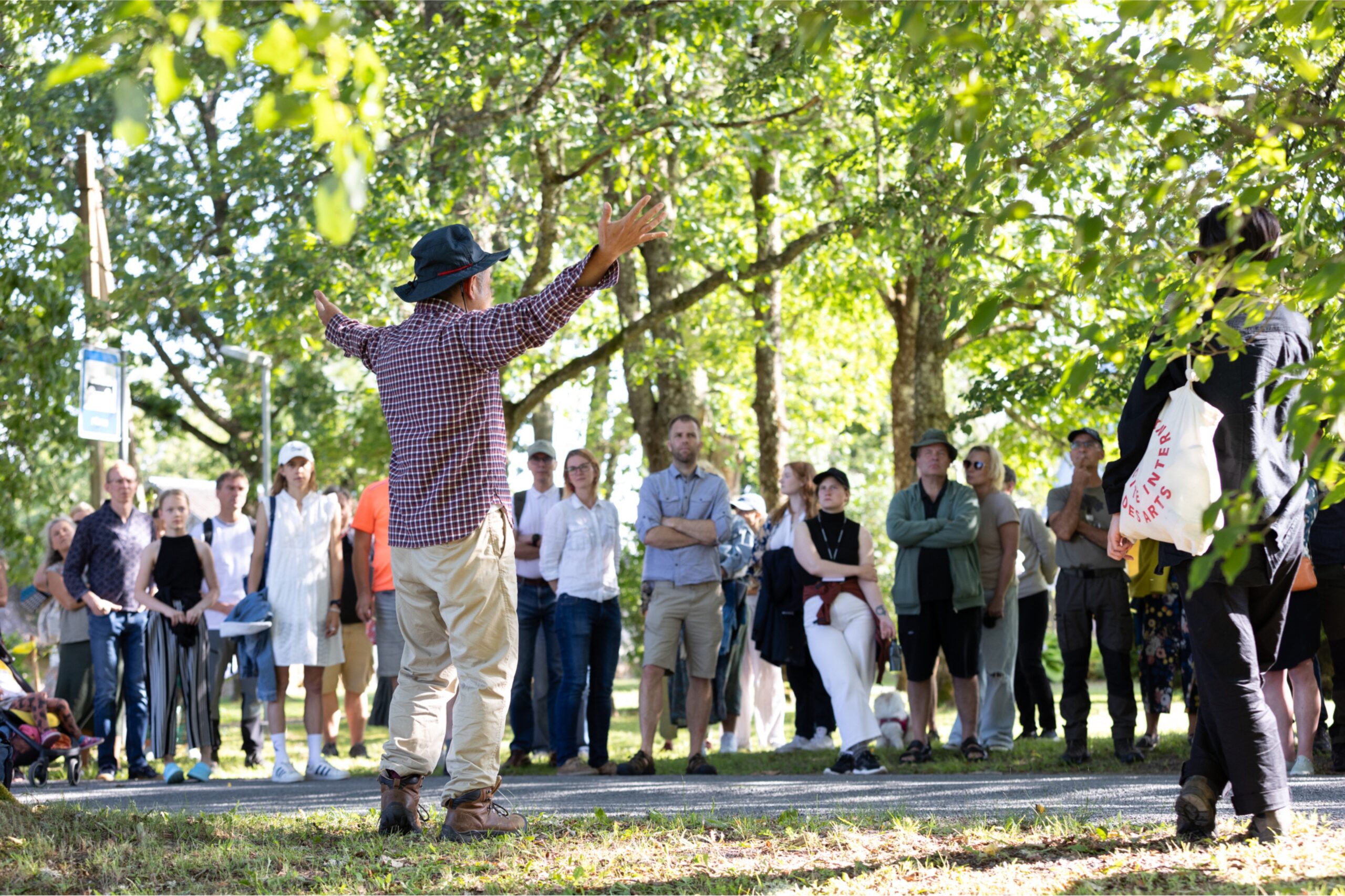
We invited our festival visitors to experience forest walks and discussions with Japanese forest guide Yutaka Miura. Artist and writer Daizaburo Sakamoto shared his deep knowledge about the ancient practices of yamabushi. During the forest walks, one could feel the soft touch of moss, the earthy scent of the forest, and the soothing sounds nature created a symphony of sensations. The moments when Daizaburo Sakamoto was performing ancient yamabushi rituals, I felt that the time really stopped for a while. This experience was a powerful reminder of the healing power of nature. At the same time, we discovered many striking differences in our beliefs, like that in Japan you should not eat a berry with seeds as the kami is living inside, or step offroad in the swamp track. Things that are odd for Estonians but make perfect sense for Japanese. This finding from our Japanese guests reminded us about the fragility of nature and we, as Estonians, might take some things too lightly or for granted.
The premiere of the concert program “Mõts/Mori/Forest” together with a support of live visuals, was offering another kind of interpretation of the forest. An original musical composition born from Japanese-Estonian collaboration was performed in the authentic cozy Aigu Om barn. The meditative soundscapes of the piece were written in the city vibes of Tokyo, but performed in the rural context of Estonia. Here, the forest became more like a symbol, bringing parallels between the life of small bees and human beings living in the city. The flowing and dreamlike sound journeys brought together earth and city, nature and human.
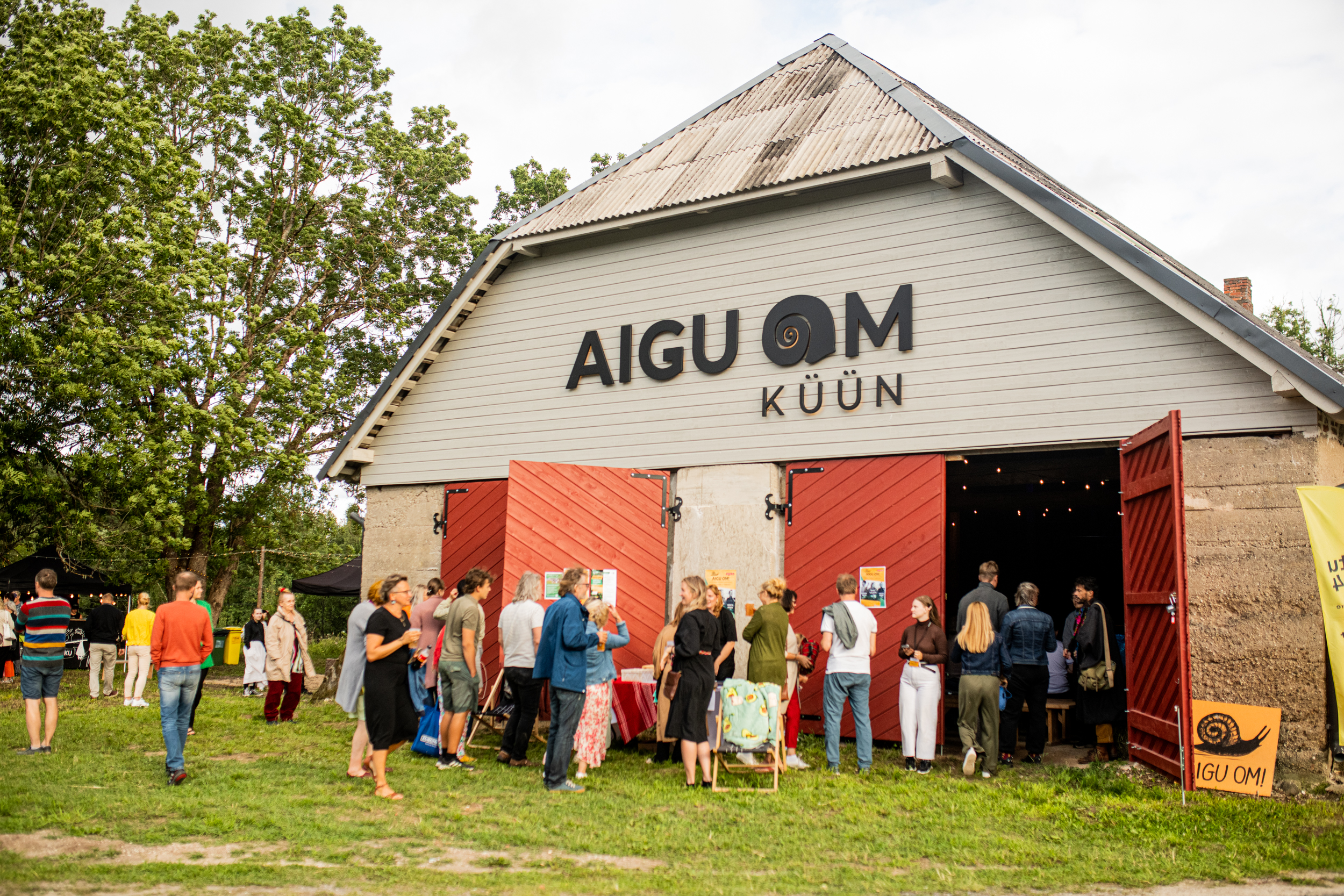
Without doubt, the collaboration with Japanese artists added a unique dimension to the festival. The shared love of nature, exploring ways of slowing down and the emphasis on simplicity and tradition created a strong connection between the two cultures. I got many answers to my own questions by the time that the festival was over. However, I also realized, that there is a significant part that cannot be explained and described – these are things that have to be felt, touched, seen, heard.
In todays world, in our hurried lives what we are most lacking is time. Our everyday decisions, but also our festival activities can remind about this simple, yet important value. By taking time we bring primary quality to life – to be able to experience, notice, observe, create and make real connection. With the special Japanese edition 2024 of our festival, I felt we created friendships and connections that have the strength to last for a lifetime.

